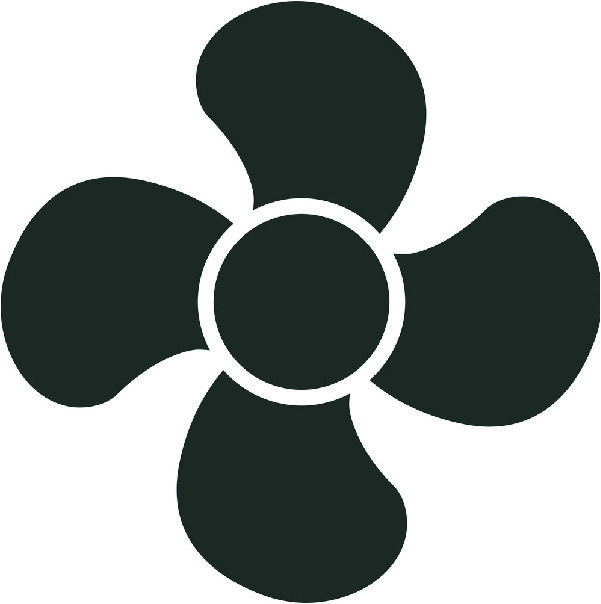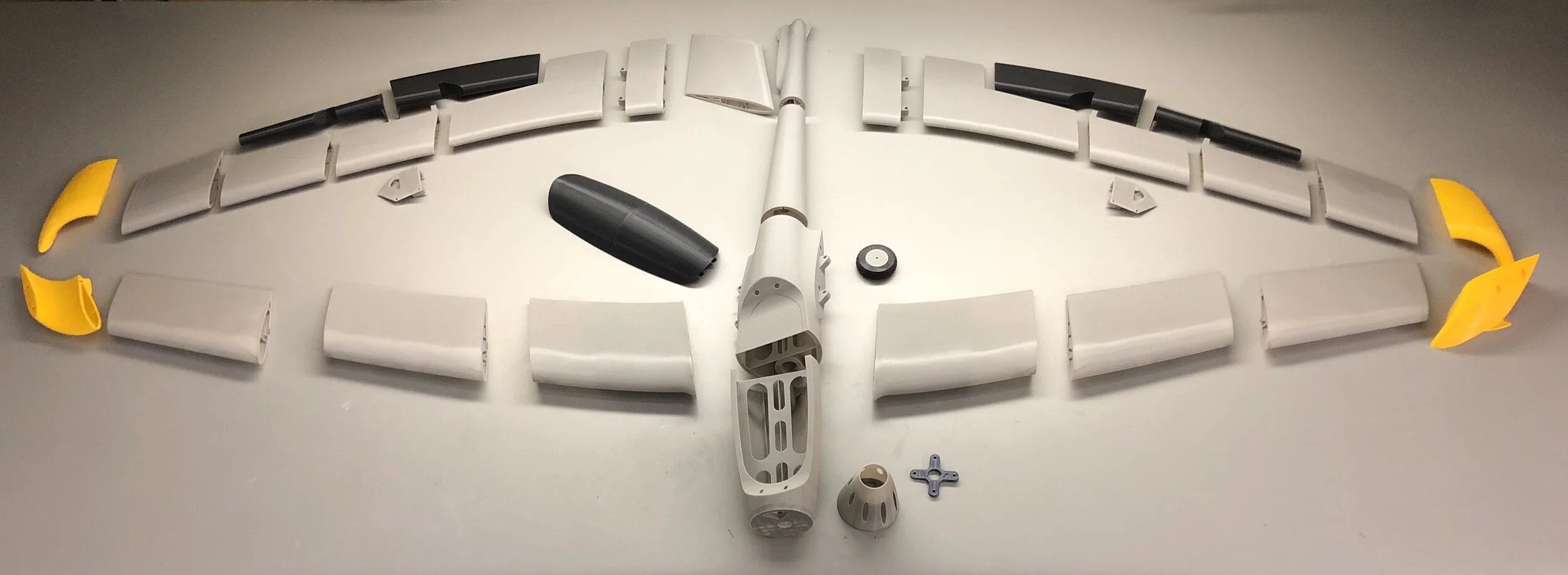Hardware Tips:
Heat Set Threaded Inserts:
Many of 3DAeroventure’s designs incorporate heat set brass threaded inserts in areas that require a strong thread that will get repeated use, such as removable wings and tail surfaces. These threaded inserts are an inexpensive, strong, and easy-to-install solution. They are easily recessed into 3D printed parts using a soldering iron. We’d recommend incorporating these into other 3D printed parts such as enclosures, mounts, or anything else that requires a stronger thread than screwing directly into the plastic. We buy them in the U.S. from McMaster-Carr or they are available globally on Amazon:




